
Beating the Casinos: The Harvard & MIT Blackjack Scam
In case you didn't know, blackjack is the only casino game that is technically beatable. By that, I mean it's possible to game the system, so you eliminate the house edge and gain one for yourself. It's not easy, of course, but there have been many stories of people using specific techniques or systems to beat the casino via blackjack.
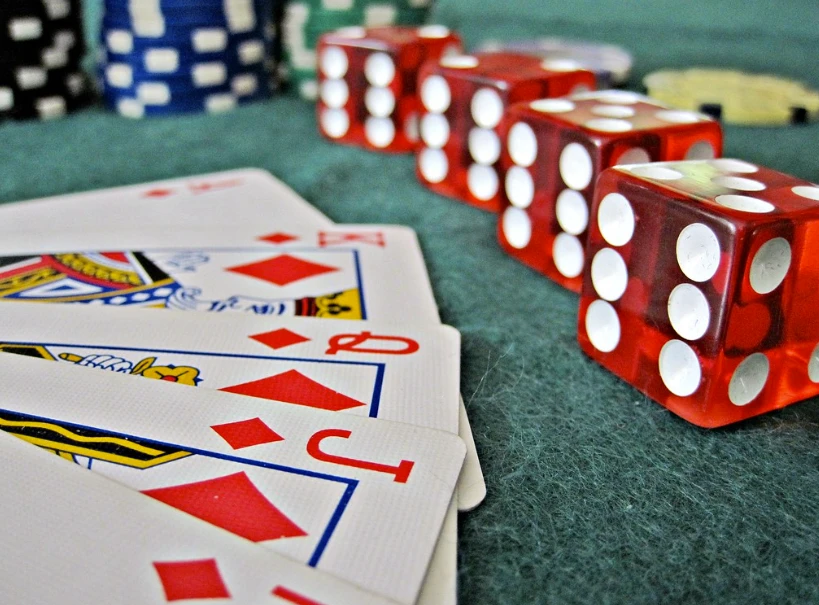
Not many are as famous as the card-counting exploits of a group of students, and ex-students, from the Massachusetts Institute of Technology (MIT) and Harvard. That is the story of the Harvard & MIT blackjack scam, one that, as you'll find out, is the stuff movies are made of.
What Was the Blackjack Scam?
This blackjack scam dates back to 1979 and continued until the mid-1990s. Although called a scam, it was essentially a highly-tuned variation of card counting that is still not illegal to this day. Using a high-powered mainframe computer, students discovered a card-counting system that allowed them to win more hands than they would lose.
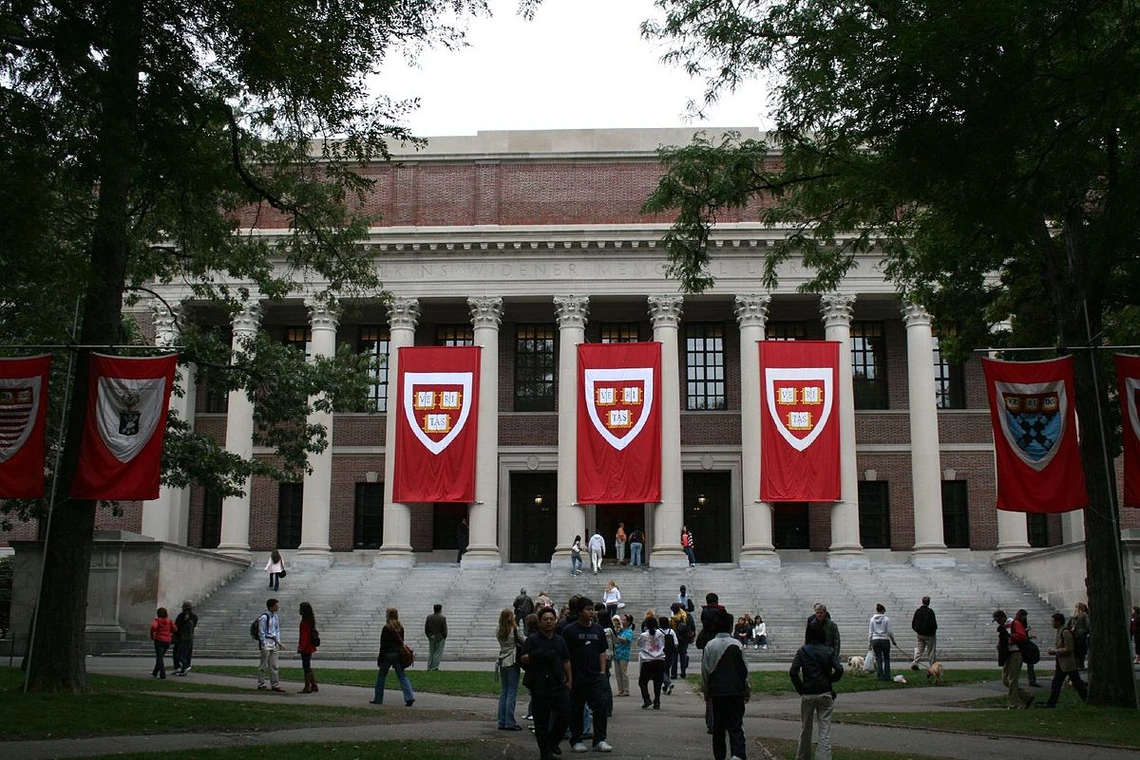
Backed with capital from an investor, the group quickly learned how easy it was to make money doing nothing more than counting cards. At first, the scam was just a side hustle, a way to get extra money while studying. However, it quickly became clear that the system worked even better than expected. Over the years, the size of the team increased, and the methods and techniques used were fine-tuned to perfection. By keeping track of the cards dealt, they could predict the chances of certain cards appearing, and at this point, they would strike with the big bets.

While the main motive behind the scam was clear, it wasn't just the money that they had made plenty of which motivated them. Remember that these smart kids attended some of the world's best universities. A big part of the allure was the challenge that came with attempting to beat the casinos. As for the money made by this scam over the years, while there's no way to give an exact figure, estimations have put it at millions.
With a story so great, is it any wonder it grabbed the attention of Hollywood? The story of the student blackjack scandal was the inspiration for the 2008 movie, 21.
Who Was Involved in the Harvard &MIT Blackjack Scam?
In the later stages of the scam, it is said that at any one time, as many as 30 members of this group were sitting in casinos globally. However, the operations' masterminds were Bill Kaplan, J.P. Massar, and John Chang, to name a few. Ironically, the first sprouts of this scam came during a class J.P. Massar took, at MIT, called "How to Gamble if You Must".
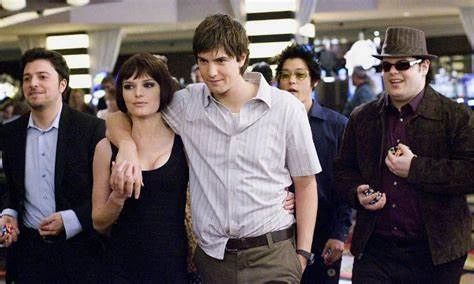
Initially, the scam involved a small group who would venture out to casinos whenever they had spare time. They would work together to count the cards and wait for the perfect moments to strike. The small capital they had at the time would quickly grow multiple times in size. This is when they decided they wanted to take on the Vegas casinos.
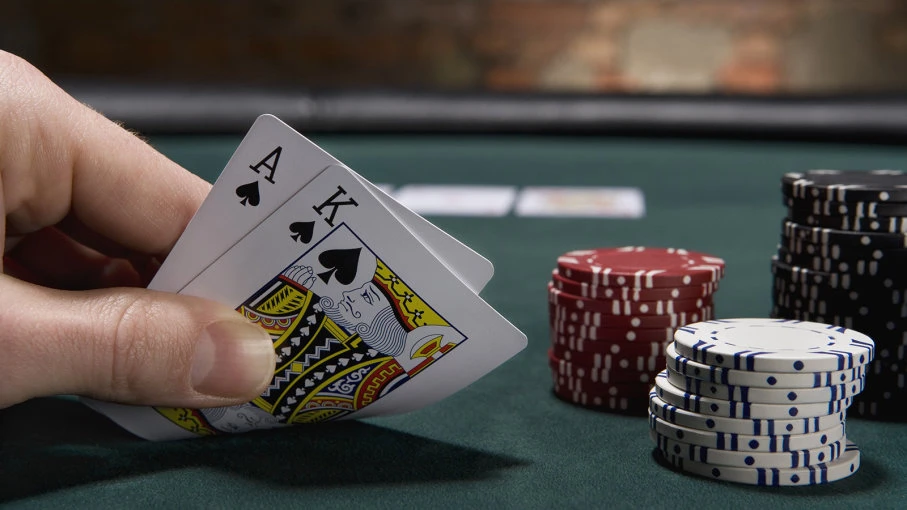
In its priming, in the early 1990s, the group was said to be making insane amounts of money. One claim is that the group pulled in close to $500,000 in one weekend alone.
As the group grew and developed, members were tasked with recruiting new members, mentoring, and training. Those on casino floors also had specific roles in a well-oiled machine designed to beat the casino. There was a spotter who would count the cards, a controller who would place minimum bets to keep the game moving, and a big player who would…play it big when signalled to do so.
How Did The Harvard Students Get Caught?
Although not illegal then or even now, casinos frown upon card counting. Over the years, members were identified, removed from casinos, and blacklisted. However, such was the organization of this scheme; when one player could no longer participate, another was reeled off the production line.

Investigators eventually noticed that most of those caught in the act were from the Cambridge area, leading to the connection with MIT. With this information, detectives could use yearbooks obtained from MIT and nearby colleges to identify potential card counters quickly.
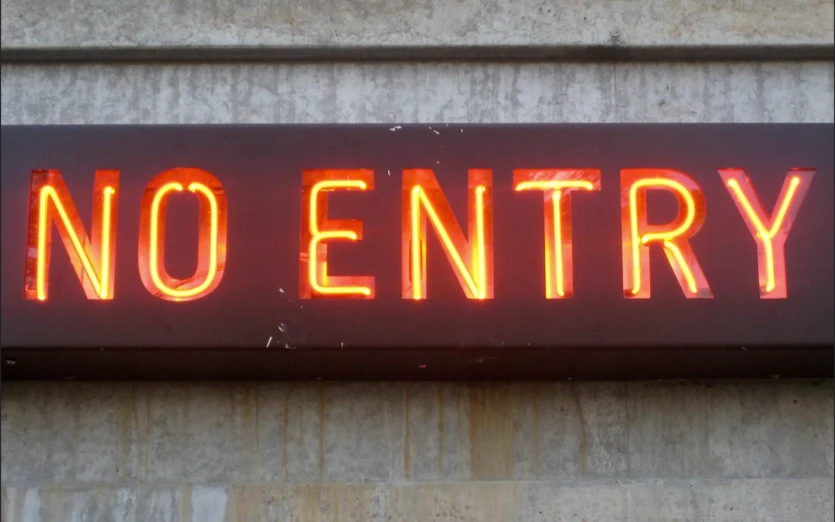
By 1993, and with most players banned from almost all casinos, The blackjack scam finally came to an end. After 10+ years, the group had little alternative but to close down operations and drift into other endeavours.
Have they really shut down the scam though? Or has the scam continued through other people, in different countries, and throughout the world? It is difficult for anyone to know whether it totally shut down, as with such a foolproof system, and a world full of casinos, you'd imagine that many people would line up to be involved!
Where Are They Now?
One of the most asked questions about those involved in the Harvard blackjack scam is whether any were jailed. You have to remember that card counting is not illegal. To counter it, casinos have staff watching the tables and the people around them and use more decks of cards to make it more difficult for card counters. Many of the groups were banned from casinos across the United States, and that is about as bad as it got for them.
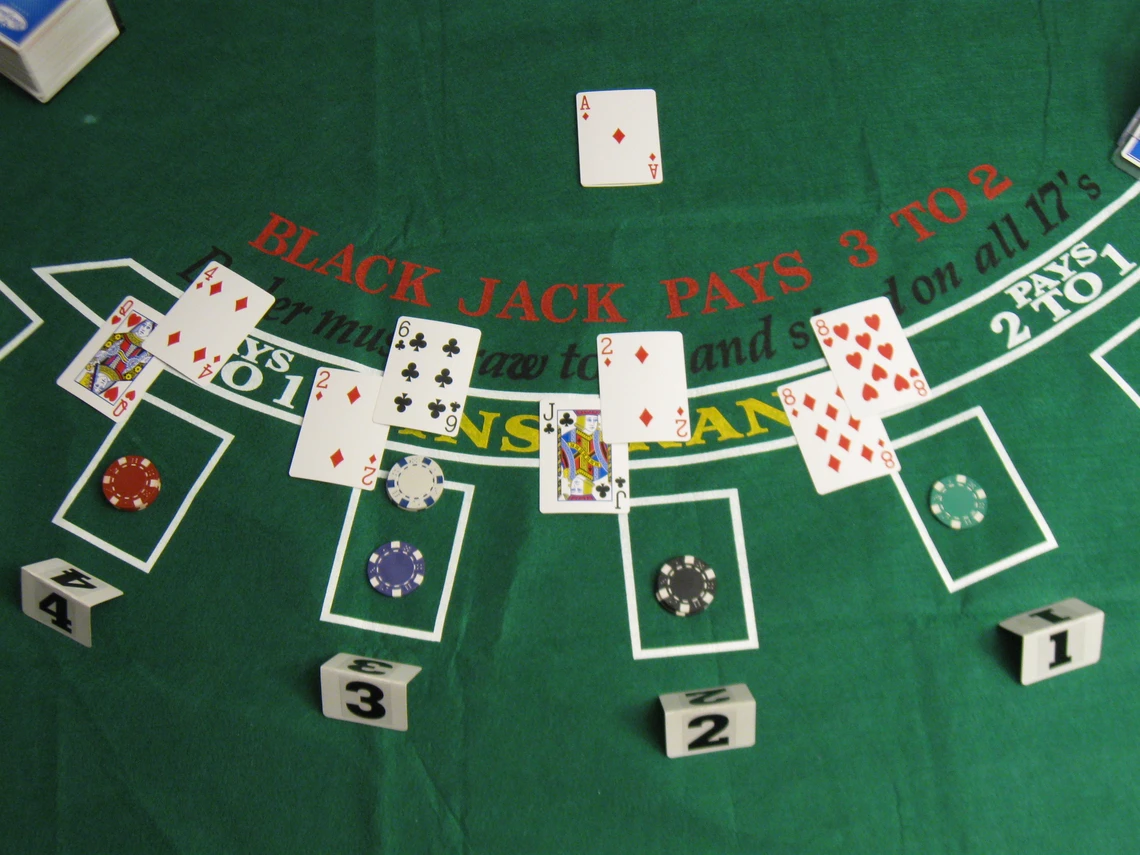
Most have gone on to forge different careers, although they would have enjoyed quite the head start in their lives thanks to their savvy scam. As for whether any of them have since returned to the blackjack tables, you’d have to assume many have when the opportunity has arisen, wouldn't you? After all, old habits die hard, and all that…right?

Author
Content Writer






